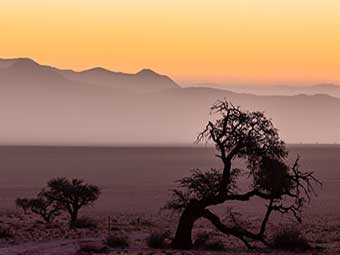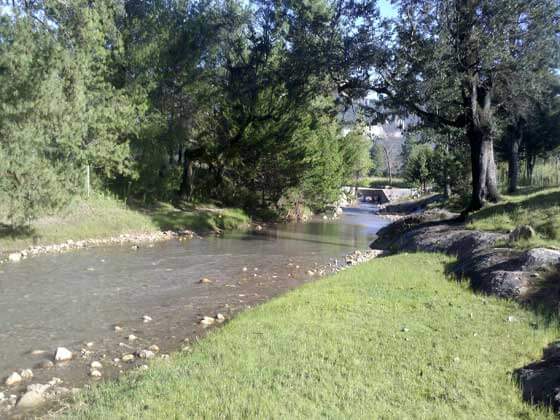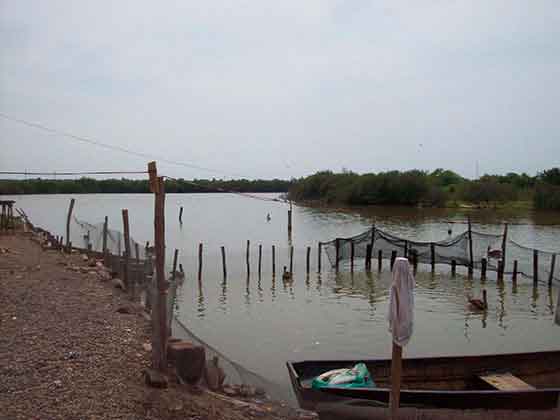Reforestation: How You Can Make a Difference in the Desert
A Greener Future for Deserts Starts Now: Take Action Through Reforestation
Reading time : 1 minute,
Discovery Chepe Id-389-ECO
Published in
05-01-2024
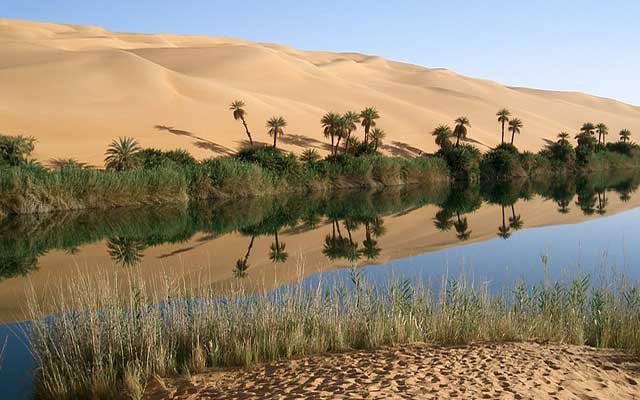
Deserts, vast expanses of arid land with little vegetation, represent about 30% of the Earth's surface. Although they are home to unique biodiversity and impressive landscapes, their uncontrolled expansion, desertification, has become a serious environmental and social threat.
Reforestation emerges as a crucial strategy to combat this phenomenon and restore life in these degraded areas.
What is desert reforestation?
Desert reforestation consists of planting trees and other plant species in arid and degraded areas, with the aim of restoring their ecosystem and reversing the effects of desertification. This process not only seeks to increase plant cover, but also recover soil fertility, improve air and water quality, and promote biodiversity.
Facts and figures: A growing problem
1-Desertification affects more than 3.6 billion people around the world, mainly in arid and semi-arid areas.
2-Every year, around 12 million hectares of productive land are lost due to desertification, which is equivalent to the area of Nicaragua.
3-It is estimated that desertification costs the global economy around 3 trillion dollars a year.
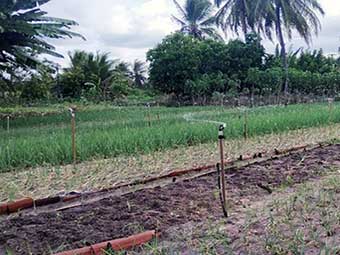
Effective Strategies for Reforestation in Combating Desertification
Examples of success: Greening oases
Despite the challenges, there are numerous inspiring examples of successful reforestation in deserts around the world:
The Great Green Wall of Africa: An ambitious project that seeks to create an 8,000 kilometer-long tree belt across 11 Sahel countries to combat desertification and climate change.
The Loess Forest in China: An example of large-scale reforestation that has transformed a desert area into a thriving forest, improving the quality of life of local communities.
The Arava Project in Israel and Jordan: A cross-border initiative that promotes sustainable agriculture and reforestation in the Arava Desert, fostering cooperation between two neighboring countries.
Pioneering countries in the fight against desertification:
Many countries around the world are implementing reforestation strategies to combat desertification and promote sustainable development. Among them are:
a) China: The country with the largest investment in reforestation in the world, with ambitious plans to expand its forest coverage and reduce desertification.
b)Ethiopia: An example of leadership in Africa, with massive reforestation initiatives that have involved millions of people and significantly increased forest cover.
c)India: A country that has successfully implemented large-scale reforestation programs such as the "Indian Green Movement", which has contributed to the restoration of degraded ecosystems and the fight against rural poverty.
Challenges and opportunities: A path towards restoration
Desert reforestation faces various challenges, such as water scarcity, extreme weather conditions, and lack of financial and technical resources. However, it also presents opportunities for green job creation, sustainable rural development and climate change mitigation.
Desert reforestation is a complex but crucial task to combat desertification, restore degraded ecosystems and promote sustainable development. Examples of success around the world demonstrate that it is possible to green the arid and create a greener, more resilient future for the communities that depend on these fragile areas. Investment in reforestation, international cooperation and the active participation of local communities are key to achieving this goal.
Related Topics
See Also



